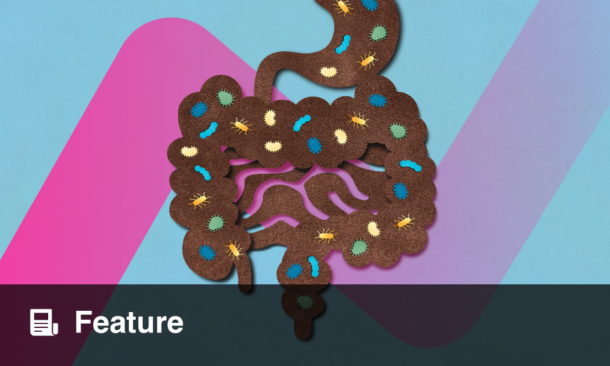A NEW study published introduces a machine learning (ML) model that helps predict the need for temporary stoma formation after intestinal resection (IR) in patients with Crohn’s disease (CD). The findings could assist surgeons in making more precise, personalised decisions to improve patient outcomes.
Researchers analysed data from 252 patients who underwent IR for CD between July 2017 and March 2023. Of these, 150 required a temporary stoma post-surgery. Using advanced ML algorithms, logistic regression, random forest (RF), and XG-Boost, the study developed predictive models, with eight key clinical factors emerging as the strongest predictors of temporary stoma formation.
The random forest algorithm demonstrated the highest predictive accuracy, with an AUC of 0.998 in the training cohort and 0.780 in the validation cohort. Additionally, the SHapley Additive exPlanation (SHAP) method was used to assess the relative importance of these predictive variables.
The results highlight the potential for AI-driven tools to personalise surgical planning in Crohn’s disease, offering more tailored treatment strategies and minimising unnecessary procedures. The study suggests that ML models could become a valuable clinical tool in improving postoperative outcomes and patient quality of life.
Aleksandra Zurowska, EMJ
Reference
Wang FT et al. Machine learning for temporary stoma after intestinal resection in surgical decision-making of Crohn’s disease. BMC Gastroenterol. 2025; DOI: 10.1186/s12876-025-03668-7.








